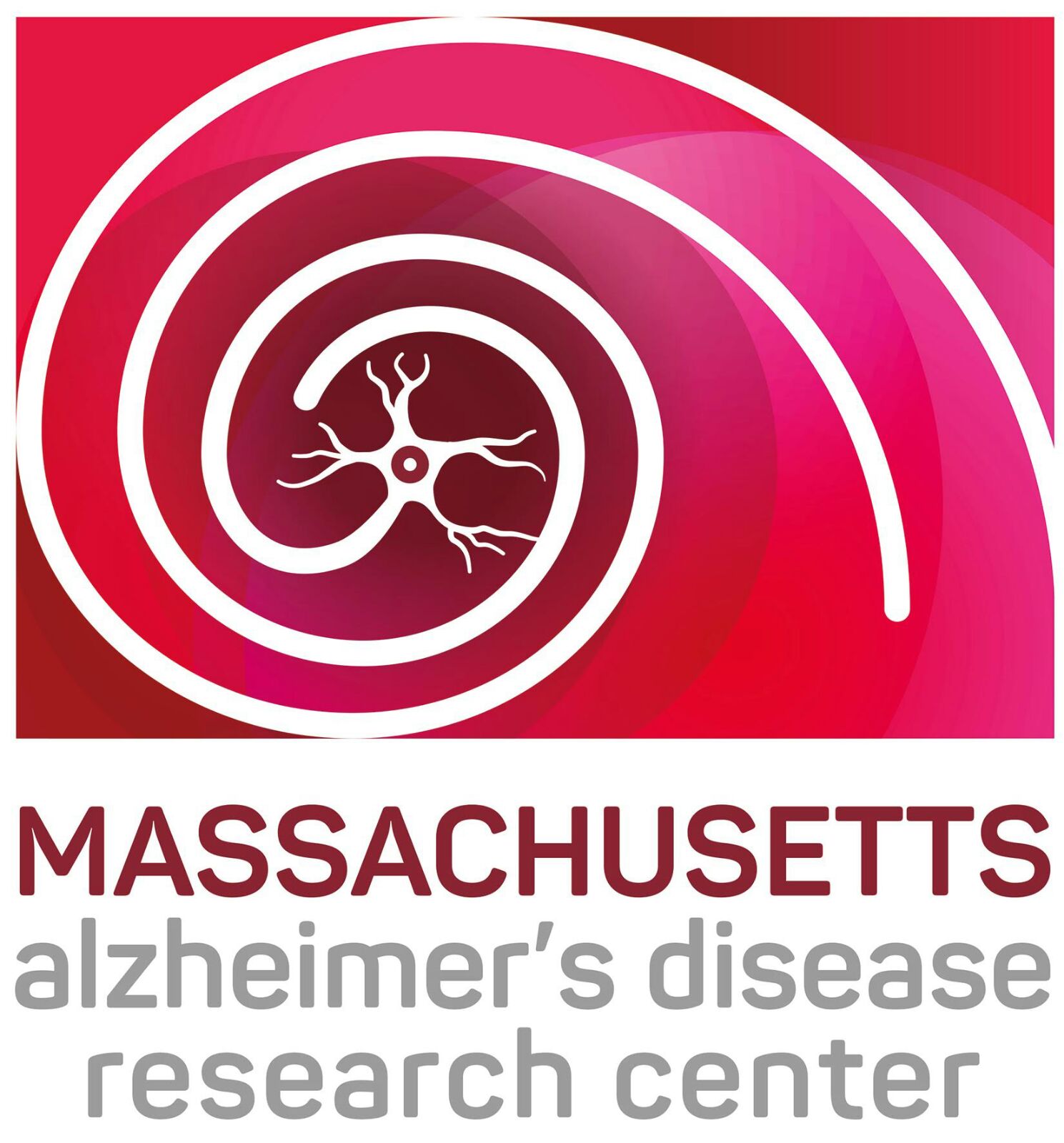Of the top causes of death in the United States, only No. 6, Alzheimer’s disease, can’t be prevented, cured or slowed. Unlike killers such as heart disease, cancer and stroke, the number of deaths from Alzheimer’s disease is rising rapidly, up 89 percent since 2000, according to the Alzheimer’s Association.
Every 66 seconds someone in the U.S. develops the disease, which now affects more than 5 million Americans.
“We’re really seeing a crisis with Alzheimer’s disease,” cognitive neuroscientist Jonathan Jackson from Harvard Medical School and Massachusetts General Hospital told a packed room at Harrington Learning Center at Quinsigamond Community College Monday night. Mr. Jackson spoke about the brain, aging and Alzheimer’s disease for the Alzheimer’s Association Massachusetts/New Hampshire chapter’s Alz Talks on groundbreaking research.
Among the biggest shifts in research is a focus now on prevention, since brain changes resulting in Alzheimer’s disease and dementia have been shown on imaging studies to appear 15 to 20 years before diagnosis, according to Mr. Jackson.
Scientists know that Alzheimer’s disease is the death of brain cells caused by some as-yet unknown mechanism involving the proteins amyloid, which “gunks up” the brain with sticky clumps, and tau, which weakens the structure of cell walls from the inside.
The mechanism triggers the loss of brain matter roughly equal to the weight of an orange, out of an original brain weight of roughly three pounds. And it tends to start in the part of the brain, the medial temporal lobe, where memories are re-assembled.
“We have moved to a stage of trying to prevent Alzheimer’s disease rather than treat it outright,” Mr. Jackson said.
www.telegram.com/news/20170403/alzheimers-research-shifts-to-prevention-…
